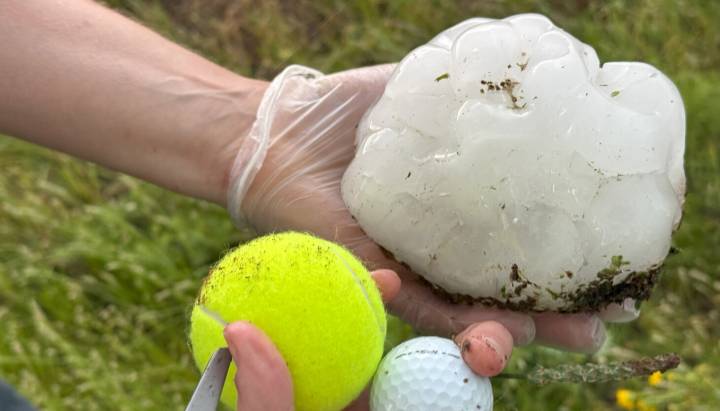For 40 days this summer, Illinois atmospheric scientist Victor Gensini and roughly 100 other specialists and students traveled the Great Plains chasing storms. More specifically, they investigated severe convective storms, the weather events that cause tornadoes and thunderheads. But their true quarry was something more elusive: hail.
“It’s just an underappreciated peril that causes billions of dollars in loss every year,” said Gensini, based at Northern Illinois University in DeKalb.
Ice falling from the sky is notoriously difficult to study, in part because it melts as it falls or soon after. The project, called the In-situ Collaborative Experiment for the Collection of Hail In the Plains for the pitch-perfect acronym ICECHIP , was the first of its kind in more than four decades and to

 Chicago Sun-Times
Chicago Sun-Times

 The radio station 99.5 The Apple
The radio station 99.5 The Apple Fontana Herald News
Fontana Herald News WCTV
WCTV FOX 29
FOX 29 The US Sun Lifestyle
The US Sun Lifestyle The Argus Leader
The Argus Leader Newsday
Newsday The Babylon Bee
The Babylon Bee Raw Story
Raw Story